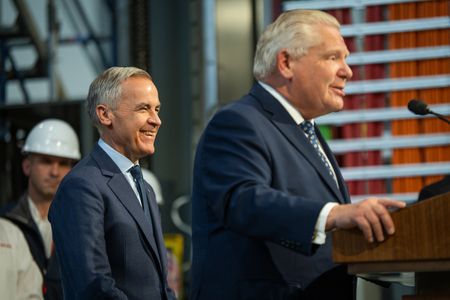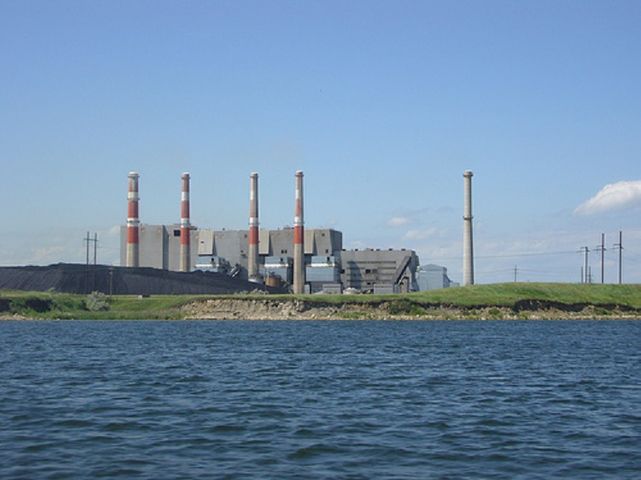Local News
Southeast Saskatchewan central to new energy plan
Coal extended to 2050, Estevan eyed for SMRs Southeast Saskatchewan is the cornerstone of the province’s new long-term energy strategy, which officially directs SaskPower to extend the life of its coal-fired power stations in Estevan and Coronach to 2050. The "Saskatchewan First Energy Security Strategy and Supply Plan", released Tuesday, also identifies Estevan as a potential site for two small modular nuclear reactors and details a major expansion of power export capacity in the region. The plan frames the decision to extend coal as a bridge to when nuclear power can come online in the province, ensuring reliable baseload power while the province transitions its grid. SaskPower is directed to extend the service life of all operational units at the Boundary Dam and Shand power stations near Estevan, as well as the Poplar River station near Coronach, out as far as 2050. According to the strategy, this move secures the jobs of a workforce of nearly 1,100 people in the "energy communities" of Estevan and Coronach who operate the plants and the mines that fuel them. The document notes that coal-fired units have averaged 79 to 86 per cent availability over the past decade, compared to as low as 20 to 25 per cent for intermittent renewables. While coal provides the bridge, the report identifies nuclear power as the future. The provincial government commits to continuing to examine the feasibility of two SMR units near Estevan in the document. SaskPower is already working to license its chosen technology, the GE-Hitachi BWRX-300 SMR. The southeast is also central to the plan’s economic goals. The document outlines that SaskPower is already expanding total intertie capacity to the United States Southwest Power Pool from 150 MW to 650 MW by 2027. This expansion, based in the southeast, will connect Saskatchewan’s grid to markets spanning 14 states. The government has directed SaskPower to explore options for exporting excess energy for revenue, with the goal of turning electricity into a source of economic growth. The strategy also commits to an all-of-the-above approach, with a goal of achieving a carbon-neutral electricity sector by 2050.


























